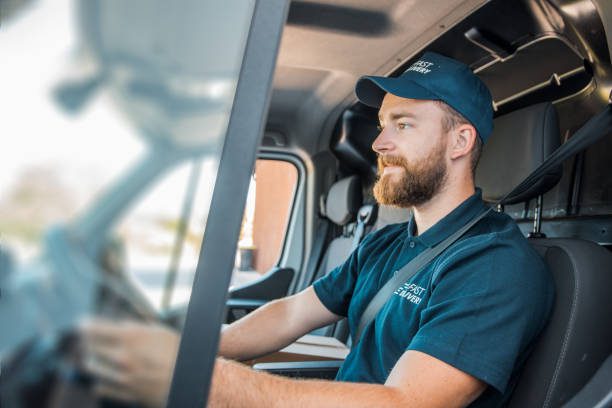In recent years, delivery driving has emerged as a popular and flexible job option, thanks to the surge in online shopping and food delivery services. If you’re considering diving into this field, here’s a comprehensive guide to get you started on the right foot.
Understanding the Role
Delivery driving involves transporting goods from one location to another. This can include food, packages, or retail products. The role requires reliability, time management, and a good driving record. Drivers often work for delivery services like Uber Eats, DoorDash, or Amazon Flex, or for local businesses.
Getting Started: Equipment and Vehicle
- Vehicle Requirements: Most delivery jobs require a reliable vehicle. Whether it’s a car, van, or even a motorcycle, your vehicle should be in good working condition. Some services have specific vehicle requirements, so be sure to check the guidelines of the company you’re interested in.
- Insurance: Adequate insurance is crucial. Check with your insurance provider to ensure that your policy covers you for delivery driving. Some companies also offer additional insurance coverage for their drivers.
- Smartphone: A smartphone with GPS capability is essential. Delivery apps require you to use their software for navigation and communication with customers. Ensure your phone is up-to-date and has a reliable data plan.
Finding the Right Company
- Research Options: Look into various delivery services to find one that fits your schedule and goals. Major players include Uber Eats, DoorDash, and Grubhub for food deliveries, and Amazon Flex for package deliveries. Each has its own set of requirements, pay structure, and work dynamics. If you’d prefer to be freelance, then looking at Shiply USA could give you an idea of the types of jobs you could be completing.
- Understand Pay Structures: Delivery drivers are typically paid per delivery or by the hour. Pay can vary widely based on location, company, and demand. Be aware of potential expenses such as fuel and maintenance costs, which can impact your net earnings.
- Application Process: The application process generally involves filling out an online form, undergoing a background check, and attending an orientation session. Be prepared to provide necessary documentation, including a driver’s license, vehicle registration, and proof of insurance.
Essential Skills and Tips
- Time Management: Efficiency is key in delivery driving. Planning your routes and managing your time effectively can help you complete more deliveries in less time.
- Customer Service: Good communication and a friendly attitude can enhance the customer experience. Addressing any issues promptly and professionally will contribute to higher ratings and potentially more tips.
- Safety: Prioritize safety at all times. Follow traffic laws, drive defensively, and ensure that your vehicle is well-maintained. Carrying a basic emergency kit can also be a good precaution.
Financial Considerations
- Tracking Expenses: Keep a record of your expenses, including fuel, maintenance, and any other costs related to your vehicle. This can help you manage your finances and take advantage of any potential tax deductions.
- Taxes: Delivery drivers are often classified as independent contractors, meaning you’ll be responsible for your own taxes. Keep track of your earnings and expenses, and consider consulting a tax professional to ensure compliance and optimize your tax situation.
- Earnings Fluctuations: Income can vary based on demand, location, and time of day. Being adaptable and flexible with your working hours can help you maximize earnings.

